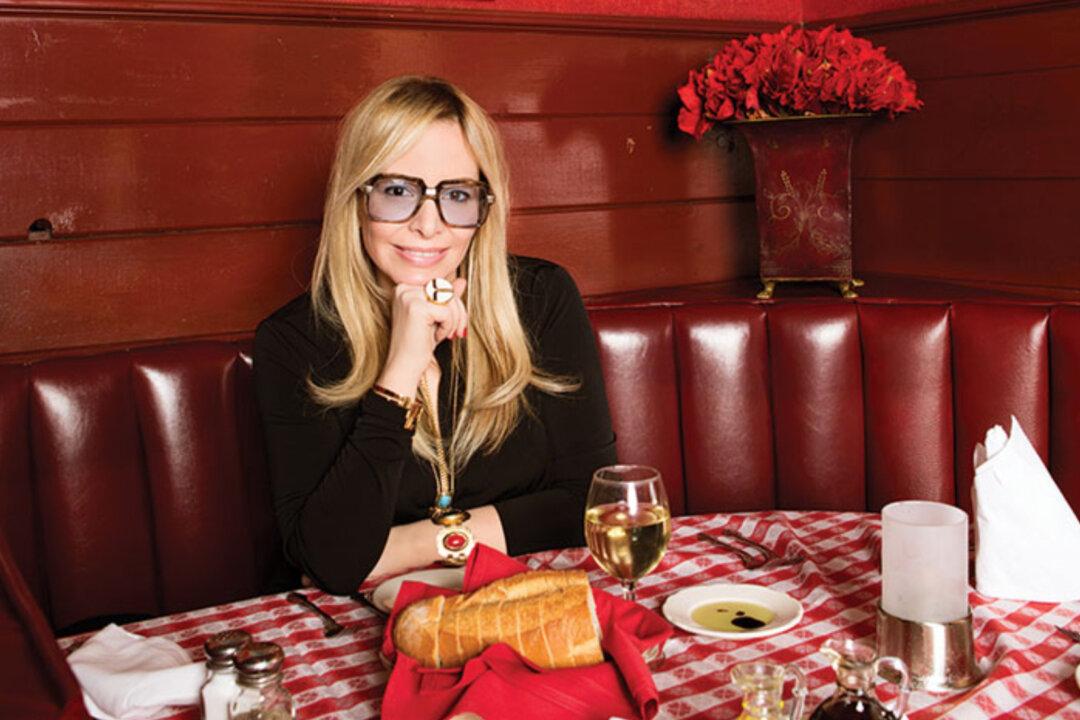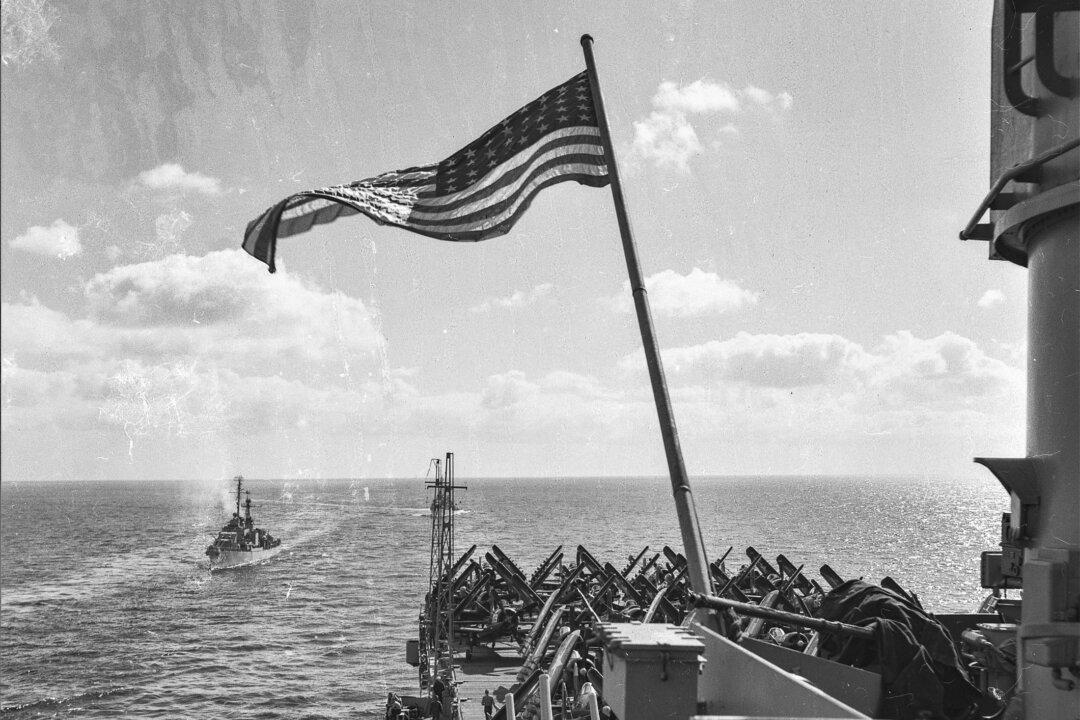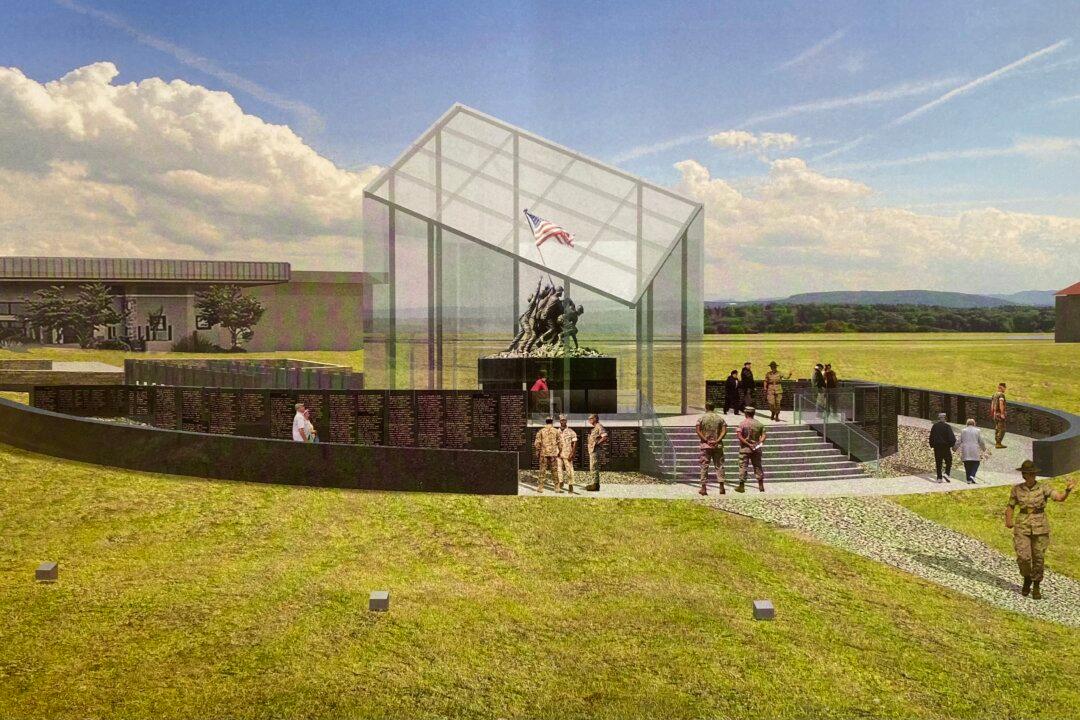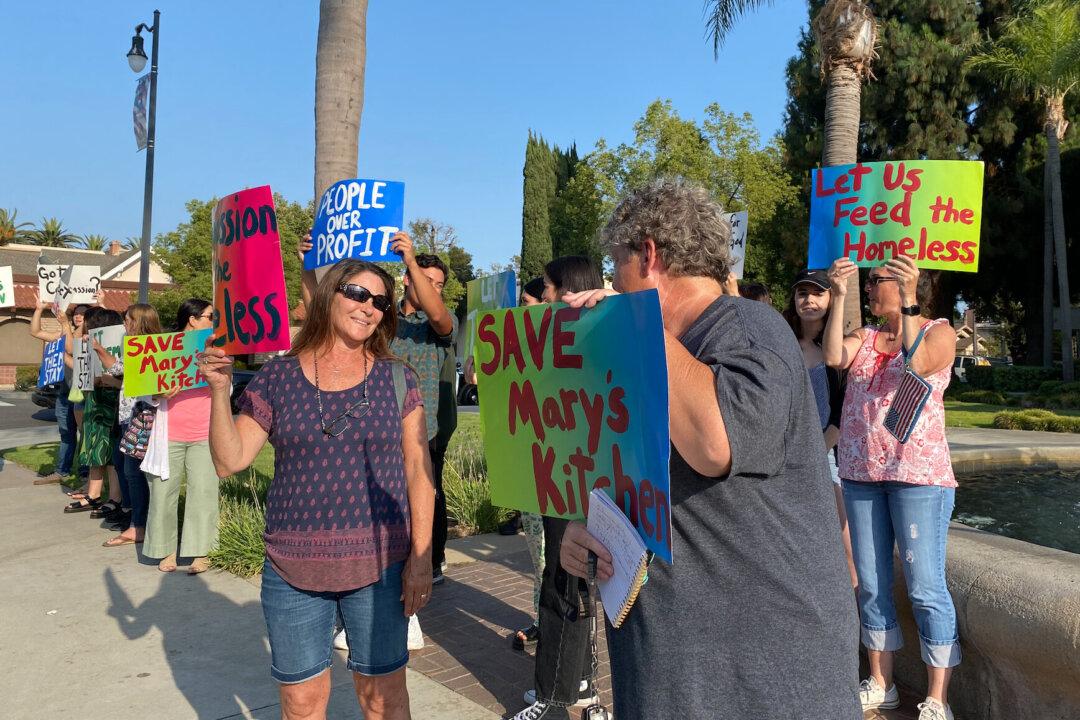Alison Martino calls herself a “DeLorean of the internet”—comparing herself to the iconic car that serves as a time machine in the movie “Back to the Future.”
The daughter of show business royalty, Martino has made it her life’s mission to preserve the pop-culture history of Southern California by creating Vintage Los Angeles, an online community with a thriving archive dedicated to documenting L.A.’s history, architecture, and show business.





